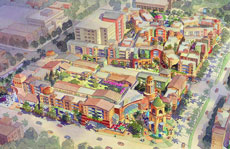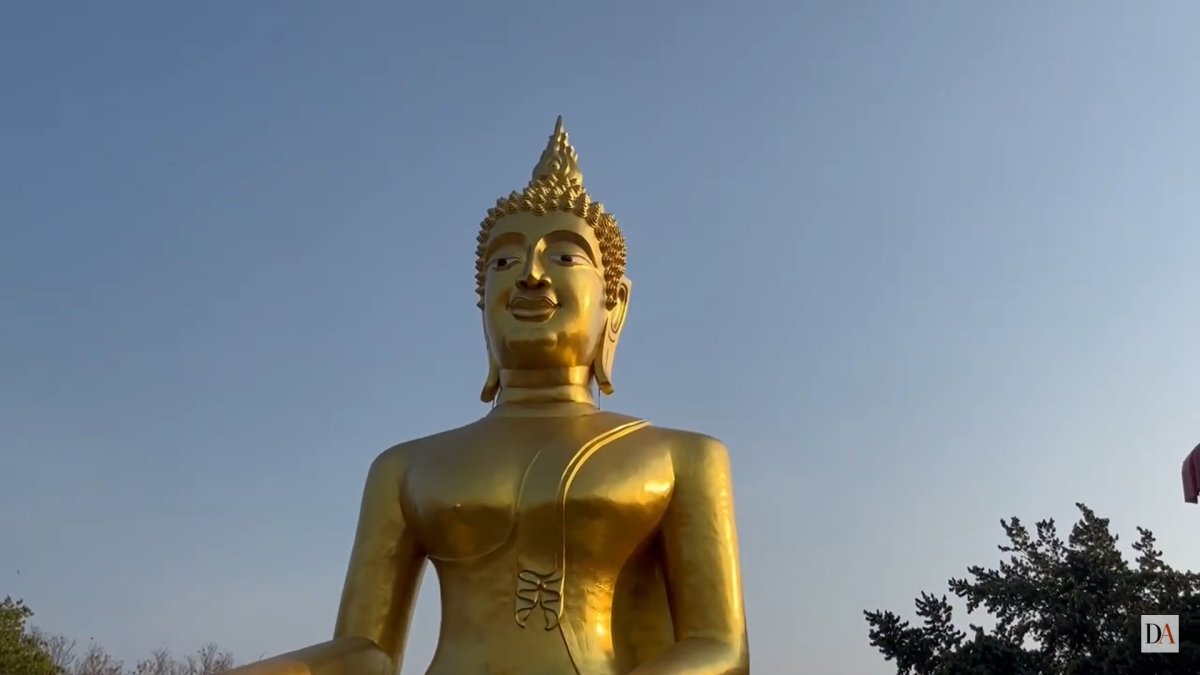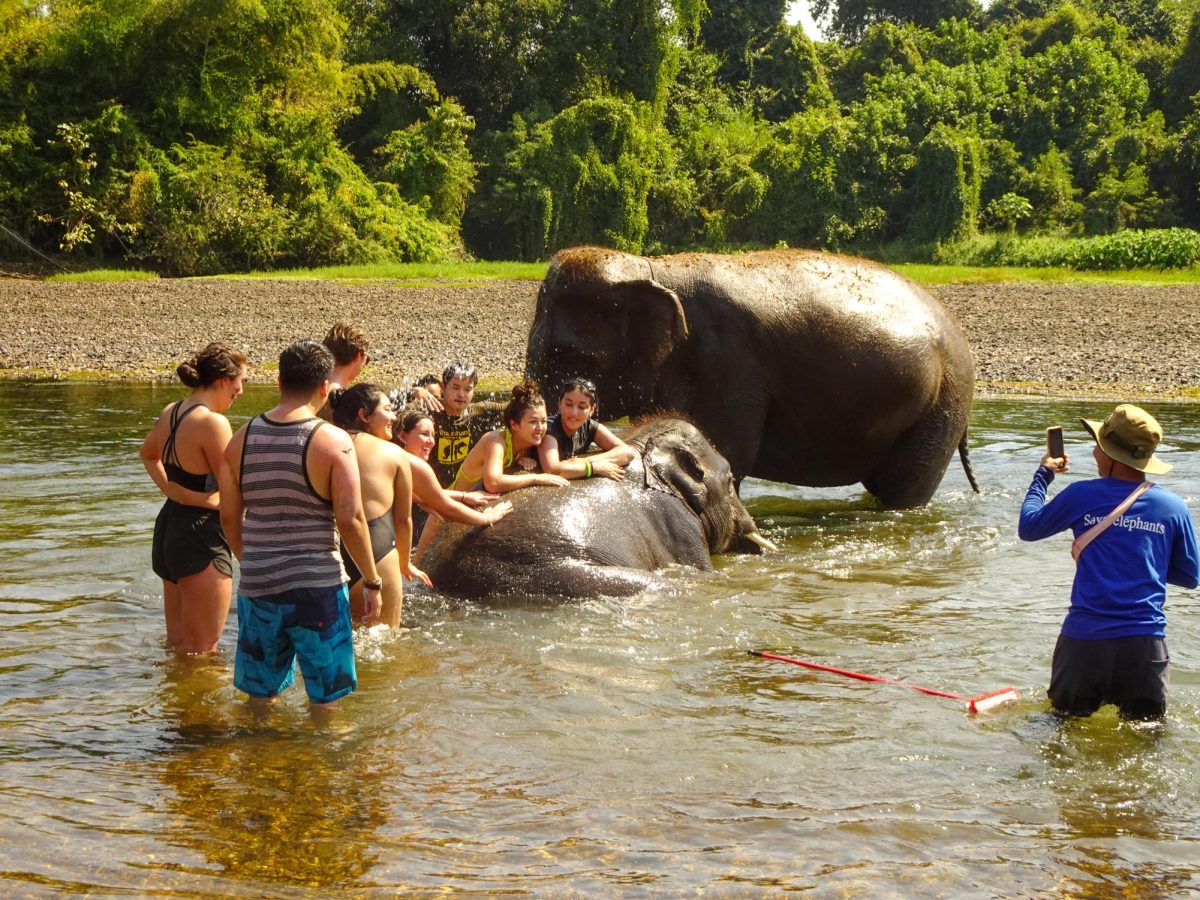
The number of students attending California State universities is on the rise, and San Diego State is no exception.By 2010, it is anticipated that more than 700,000 students in California will be seeking a higher education, according to the California Post-Secondary Education Commission.Campus planner and project architect Lauren Cooper calls this “tidal wave II.””Tidal wave II is a population boom brought on by the children and the grandchildren of the baby boomers who made up the initial tidal wave I increase,” Cooper said.Instead of building more campuses, the CSU has required its 23 campuses to accommodate the growing demand for education.In response to this, an SDSU committee composed of students faculty, staff and alumni revealed a plan intended to meet this demand.”SDSU has been capped off at 25,000 full-time equivalent students,” Cooper said. “But with the demand for education in the state, region and city, SDSU will have to take in its share of the population being projected to apply here.”According to Fred Hornbeck, psychology professor and member of the University Senate, the Campus Master Plan will increase the university’s enrollment capacity from 25,000 to 35,000 people to provide access for the growing number of students.”The Campus Master Plan Committee decided that a new target of 35,000 FTES by 2025 was reasonable, and that it would be best for SDSU’s students and the San Diego region at large if we were to expand the capacity of our current campus,” Hornbeck said.He said another goal is for students, faculty, staff and administrators to take advantage of this growth to improve the quality and richness of undergraduate and graduate programs.Cooper said the plan proposes new buildings and homes, among other things to serve the faculty and students.”The master plan will support the FTES increase with more housing and classrooms, and it will also work through transportation issues associated with it,” Cooper said.The master plan proposes a new on-campus residence hall, which would hold 300 students, according to the Campus Master Plan Web site, http://advancement.sdsu.edu/masterplan.”Currently 19 percent of our students live on or within one mile of the campus,” Cooper said. “We want to increase that number to 25 percent living on campus, or within walking distance to campus or around the trolley stations.”The plan also proposes to provide affordable, high-quality housing for graduate students, faculty and staff on SDSU-owned property north of Interstate 8, Cooper said. This 32-acre space known as Adobe Falls North Campus will include town- homes for sale and apartments, as well as 540 new homes.”Because of the high cost of homes in San Diego, we have trouble recruiting and keeping teachers around here, and that goes the same with grad students,” Cooper said. “This will enable the university to retain its outstanding faculty. We also want to increase graduate student enrollment to 20 percent of the FTES.”The plan also includes building a 120-room hotel for SDSU “to provide nearby accommodations for guests of the university, visiting scholars and conference attendees,” according to the Web site. Cooper said the plan also includes building classrooms and facilities at Alvarado Campus Park, an off-campus site currently owned by the SDSU Foundation. According to the Web site, the park is the proposed new home for the College of Education, and will house new research facilities for the College of Sciences, College of Engineering and the College of Health and Human Services.The plan also includes a new student union building near Cox Arena.”With an increase in FTES, the Aztec Center will be undersized,” said Cooper. “We need to provide more space for student clubs and organizations as well as student recreation.”Cooper added that because the new building will use student funding, the student union project needs to be voted on by students.The university will hold informational meetings in November where people can learn more and provide input on the plan. “This is a very large, complex and extremely important matter that will affect the future of our university in profound ways for many decades,” Hornbeck said. “However, it will continue to be a work in progress for many years.”






